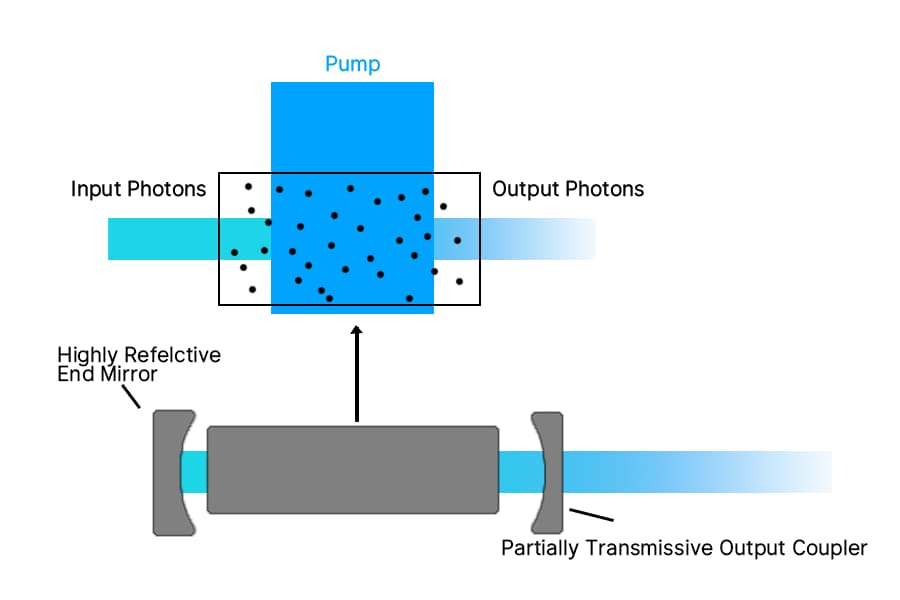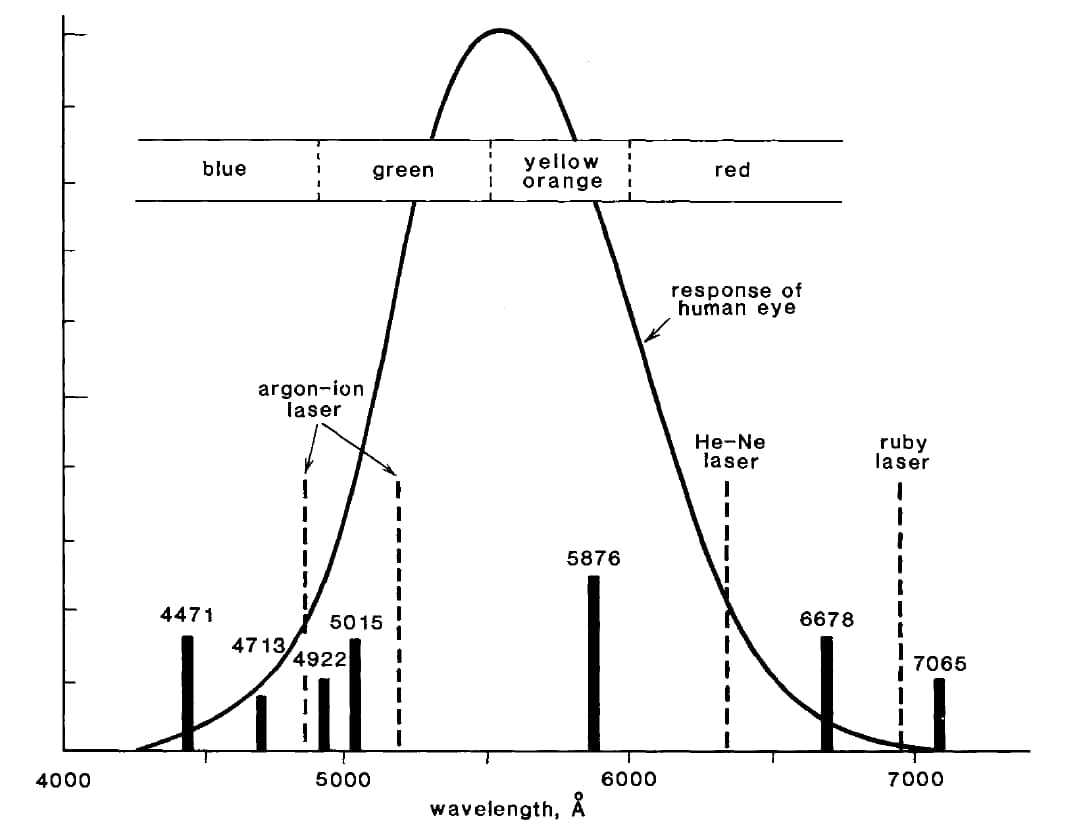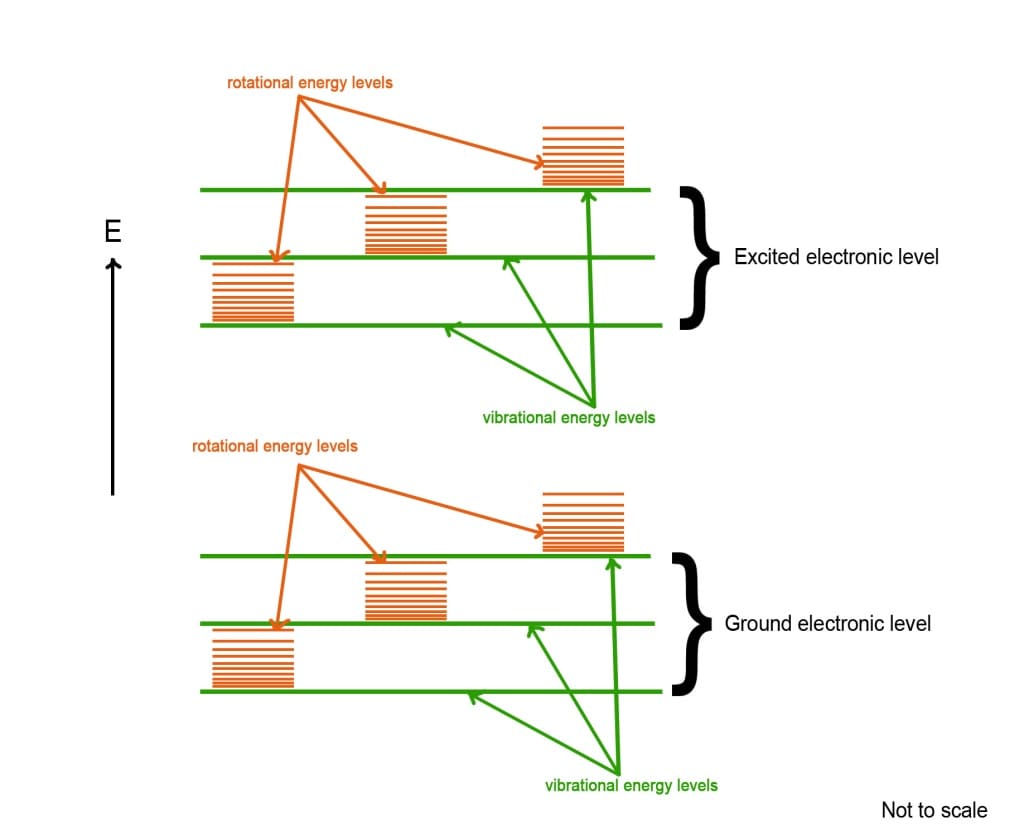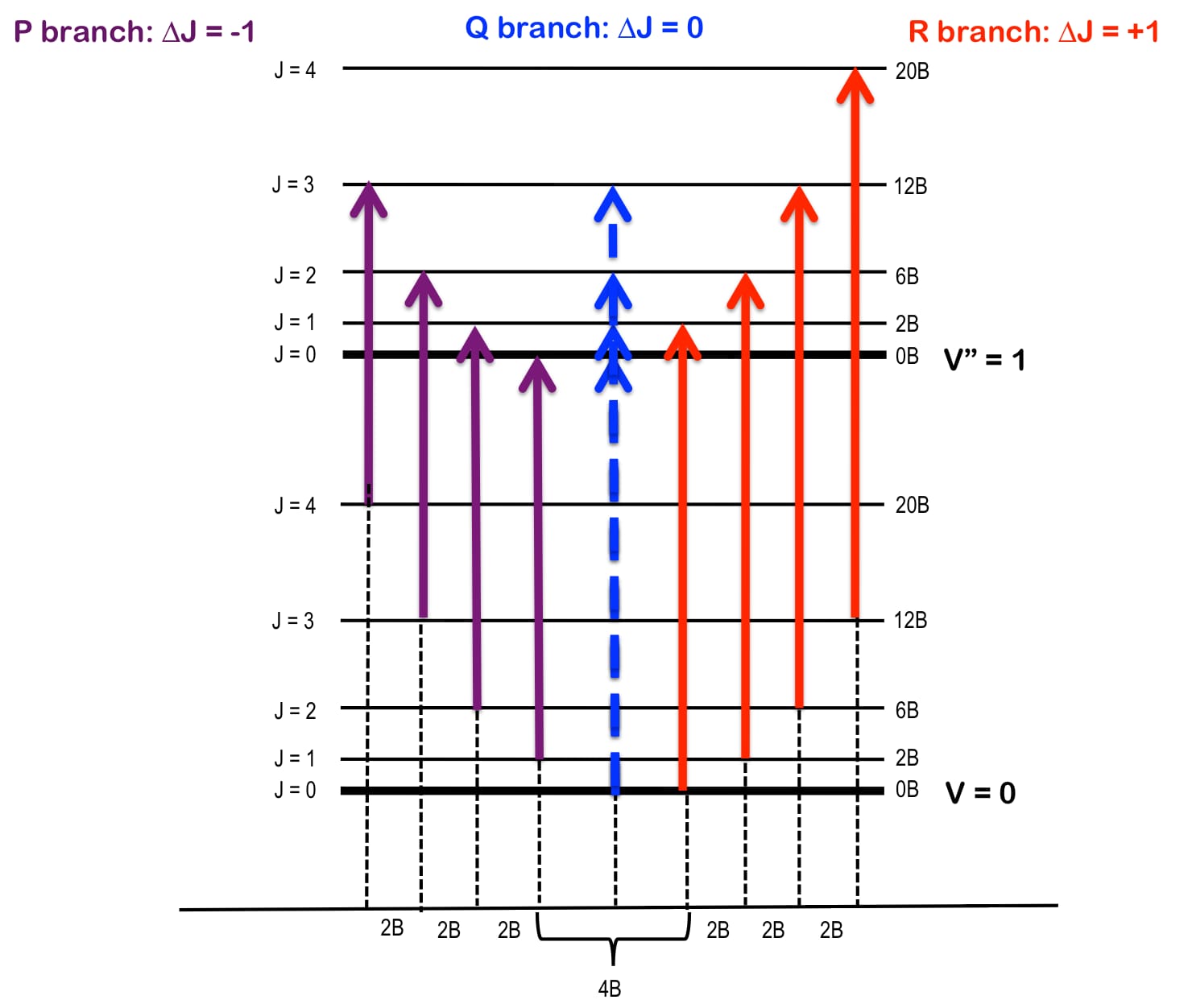Electromagnetic radiation amplification is one of most significant achievements on modern physics. It fundamentally alters our understanding of light - matter interactions. And it enables revolutionary technological applications. The phenomenon behind this process involves controlled manipulation of atomic and molecular energy states for coherent photon multiplication. This principle transforms fields from industrial manufacturing to medical procedures.
At atomic scale, matter shows quantized energy configurations. Electrons, atoms, ions, and molecules can only occupy specific, well - defined energy states. These discrete energy levels are fundamental constraint governing all electromagnetic interactions with matter. Particles can’t exist in intermediate energy configurations between these allowed states.
Transition process between these quantized states is foundation of all radiative phenomena. When a quantum system moves from a higher energy state to a lower one, excess energy appears as electromagnetic radiation in form of photons. Conversely, absorption of electromagnetic radiation can push the system to higher energy states. This happens if photon energy exactly matches energy difference between initial and final states.
Bohr frequency relation sets up mathematical relationship governing these energy transitions. It quantifies precise connection between energy level differences and electromagnetic radiation characteristics. This fundamental equation is $$E_2 - E1 = h\nu{21}$$. Here, $$E_2$$ and $$E1$$ represent upper and lower energy states respectively. $$\nu{21}$$ denotes transition frequency. And $$h$$ represents Planck's constant. This equation gives theoretical foundation for understanding photon - matter interactions.
Frequency $$\nu_{21}$$ corresponds to electromagnetic radiation capable of resonant interaction with atomic system. It establishes specific wavelength at which absorption or emission processes can occur. This relationship shows energy gap between discrete levels directly determines characteristics of electromagnetic wave that can interact with system.
Under normal thermal equilibrium conditions, atomic and molecular systems show a characteristic population distribution called Boltzmann distribution. In this natural state, vast majority of particles occupy lower energy states. Progressively fewer particles are in higher energy levels. This distribution reflects tendency of systems to minimize their energy and maximize their entropy under thermal equilibrium conditions.
Predominance of particles in lower energy states under thermal equilibrium conditions leads to net absorption when electromagnetic radiation interacts with material. Incident photons are more likely to meet particles in ground states. This leads to absorption processes that lift atoms and molecules to higher energy levels.
Laser operation depends fundamentally on achieving population inversion. It’s a non - equilibrium condition where more particles exist in higher energy states than in lower ones. This artificial reversal of natural population distribution can only be done through external energy input. Typical inputs are optical, electrical, or chemical pumping mechanisms.
Creating population inversion needs overcoming natural tendency toward thermal equilibrium through sustained energy input. This input maintains a higher population in excited states. Various pumping schemes can establish and maintain this inverted population distribution. These include optical pumping with intense light sources, electrical discharge processes, and chemical reactions.
When an electromagnetic wave meets a material in population - inverted state, a remarkable process called stimulated emission happens. Unlike spontaneous emission (where excited atoms randomly release photons), stimulated emission is triggered by presence of incident photons with energy matching transition energy. This process produces additional photons. They are identical to incident radiation in terms of frequency, phase, polarization, and direction.
Stimulated emission process is fundamental mechanism behind light amplification. A single incident photon can trigger emission of multiple identical photons from excited atoms in gain medium. This multiplication effect leads to exponential growth in photon number as electromagnetic wave travels through inverted medium.

Practical implementation of light amplification needs an optical resonator or cavity structure. It provides feedback and sustains amplification process. This cavity usually consists of two mirrors placed at opposite ends of gain medium. One mirror is highly reflective. The other is partially transmissive to allow beam extraction.
Optical cavity serves multiple functions. It provides multiple passes of amplified light through gain medium. It ensures spatial and temporal coherence of output beam. And it establishes specific optical modes that can oscillate within system. Combination of population inversion, stimulated emission, and optical feedback creates a self - sustaining process. It produces highly coherent, monochromatic, and directional electromagnetic radiation.
Unique properties of laser radiation come from stimulated emission process. It produces photons with identical characteristics. Quantum mechanical analysis of radiation - matter interactions shows stimulated emission creates electromagnetic fields. They are practically indistinguishable from stimulating field in terms of directionality, polarization, phase, and spectral characteristics.
This coherence is defining characteristic that distinguishes laser radiation from conventional light sources. Temporal coherence refers to consistent phase relationship maintained over time. Spatial coherence describes uniform phase relationship across beam cross - section. These properties let laser beams be focused to extremely small spots. They maintain directionality over long distances. And they interfere constructively with themselves.
Stimulated emission process naturally produces highly monochromatic radiation. This is due to specific energy level transitions involved. Unlike broadband light sources that emit across wide range of wavelengths, laser systems typically operate on narrow transition lines. This results in output radiation with exceptional spectral purity.
Directional properties of laser radiation come from optical cavity design and stimulated emission process itself. Only photons traveling parallel to cavity axis can make multiple round trips through gain medium. This leads to preferential amplification of axial modes while suppressing off - axis radiation.

Solid - state laser systems use crystalline or glass materials doped with optically active ions. This creates necessary energy level structure for laser operation. Host material provides mechanical support and thermal management. Dopant ions supply electronic transitions needed for light amplification. Common host materials include yttrium aluminum garnet (YAG), various fluoride crystals, and specialized glasses designed for optical applications.
Energy levels in solid - state systems come from quantum mechanical states of electrons in dopant ions. They are modified by crystal field environment provided by host material. These electronic transitions typically occur in visible and near - infrared regions of electromagnetic spectrum. They correspond to energies of several electron volts.
Electronic transitions in solid - state lasers involve movement of electrons between different orbital configurations around atomic nuclei. These transitions are governed by quantum mechanical selection rules. They determine which energy level changes are allowed and corresponding transition probabilities. Specific wavelengths produced by different solid - state laser systems depend on electronic energy level separations in active ions and influence of crystal field environment.
Polyatomic molecules in gaseous laser systems show additional complexity due to their vibrational and rotational energy modes. Beyond electronic transitions, these molecules have quantized vibrational states. They correspond to oscillatory motion of constituent atoms. They also have rotational states associated with overall rotation of molecular structure.
Vibrational energy levels come from quantized oscillatory motion of atoms within molecule. Energy spacings are typically in infrared region of electromagnetic spectrum. These vibrational transitions often provide gain mechanism in molecular gas lasers. Especially carbon dioxide systems that operate in far - infrared region.

Interaction between rotational and vibrational motion in molecules creates complex energy level structures. They can support laser operation across various wavelengths. Each vibrational energy level contains multiple rotational sublevels. This creates a rich spectrum of possible transitions for electromagnetic radiation.
This coupling between rotational and vibrational modes enables fine - tuning of laser wavelengths. It also provides mechanisms for achieving population inversion in molecular systems. Multiple pathways for energy distribution among these modes also influence efficiency and operating characteristics of molecular gas lasers.

Amplification of electromagnetic radiation through stimulated emission is a fundamental breakthrough in our understanding and control of light - matter interactions. This process needs precise manipulation of atomic and molecular energy states to achieve population inversion. It has enabled development of coherent light sources with unprecedented properties. Resulting technology has transformed numerous fields. It continues to drive innovation in scientific research, industrial applications, and medical procedures. This shows profound impact of quantum mechanical principles on practical technological development.
Contact: Jason
Phone: +8613337332946
E-mail: [email protected]
Add: Hangzhou City, Zhejiang Province, China